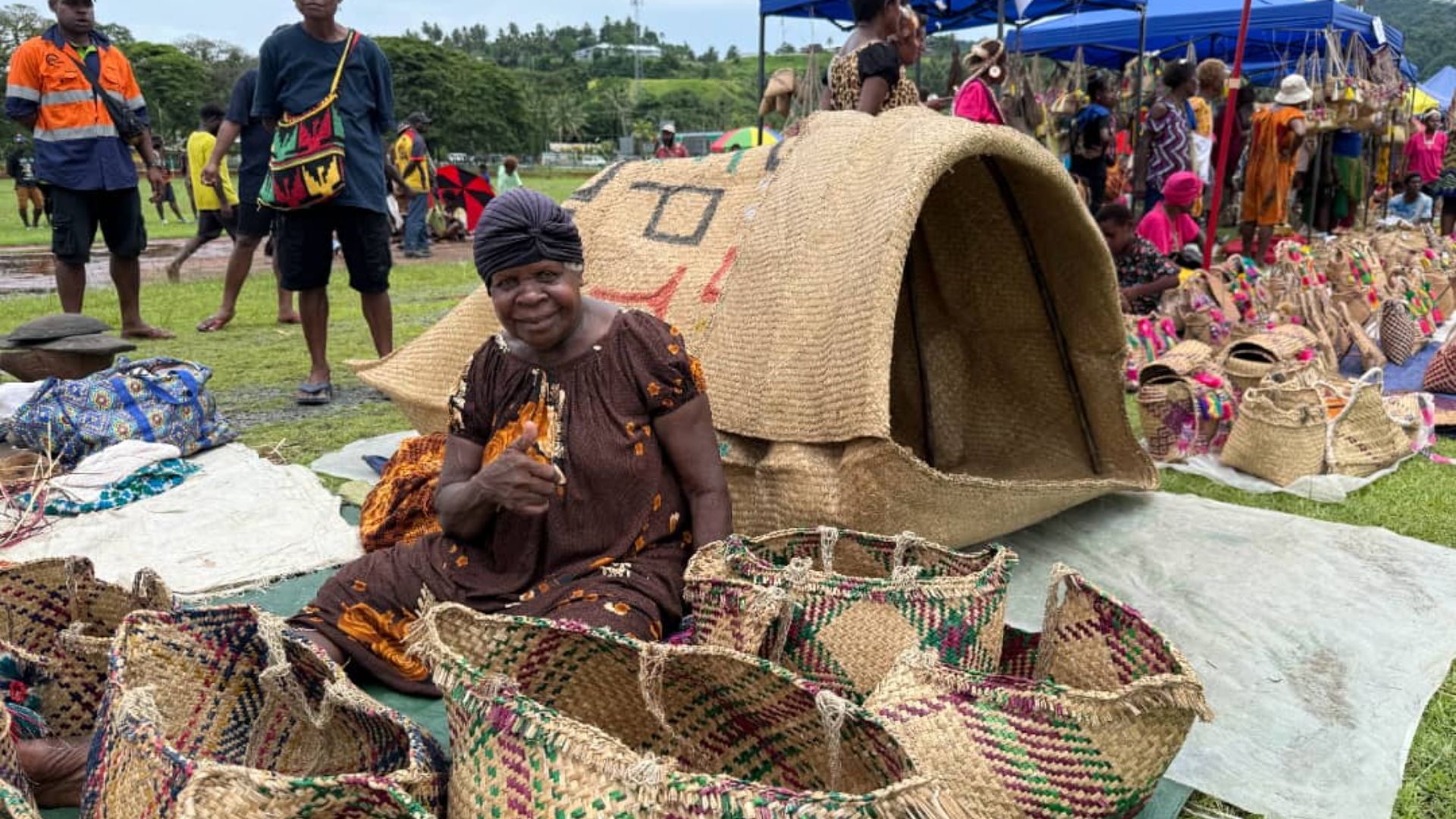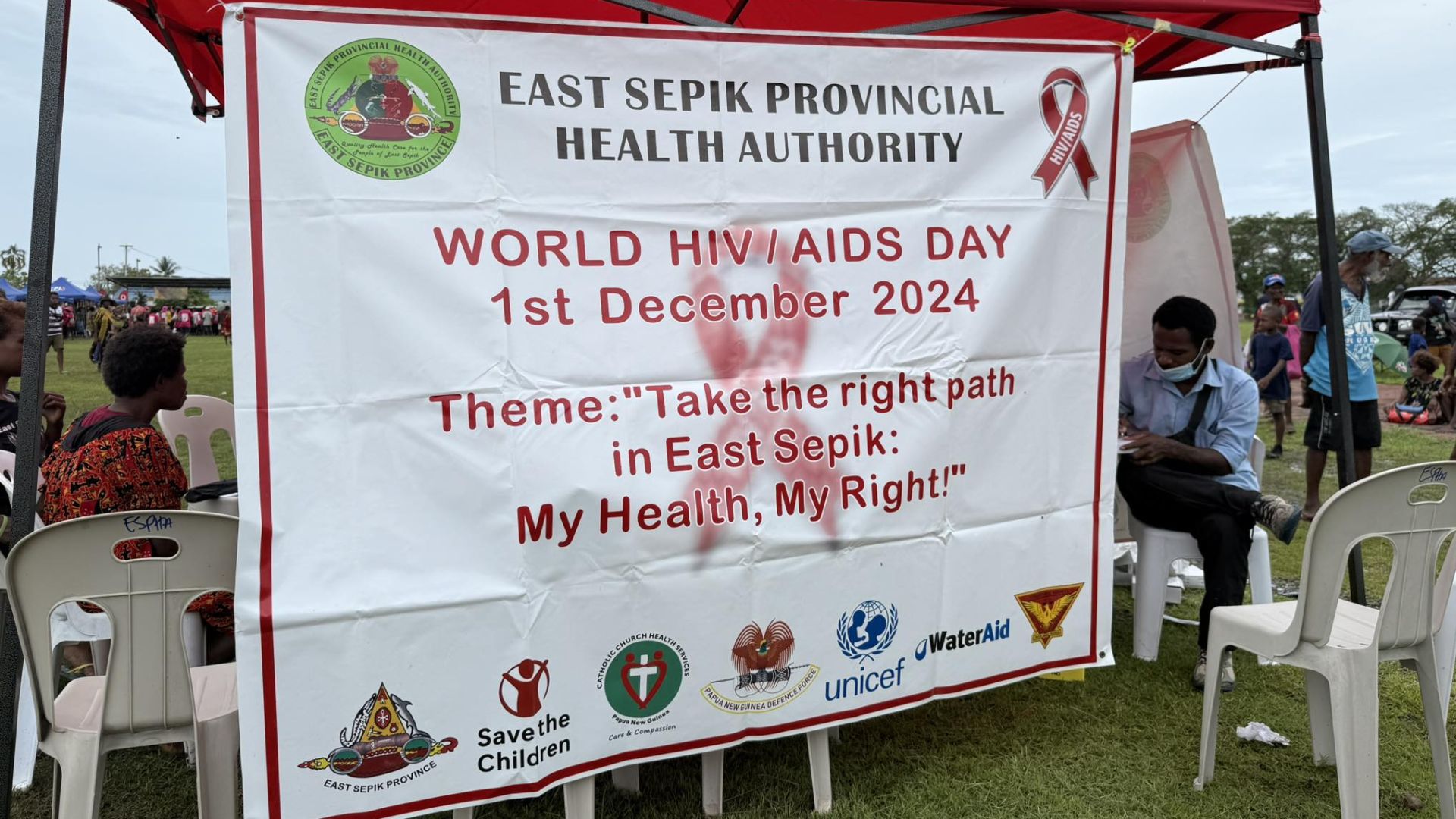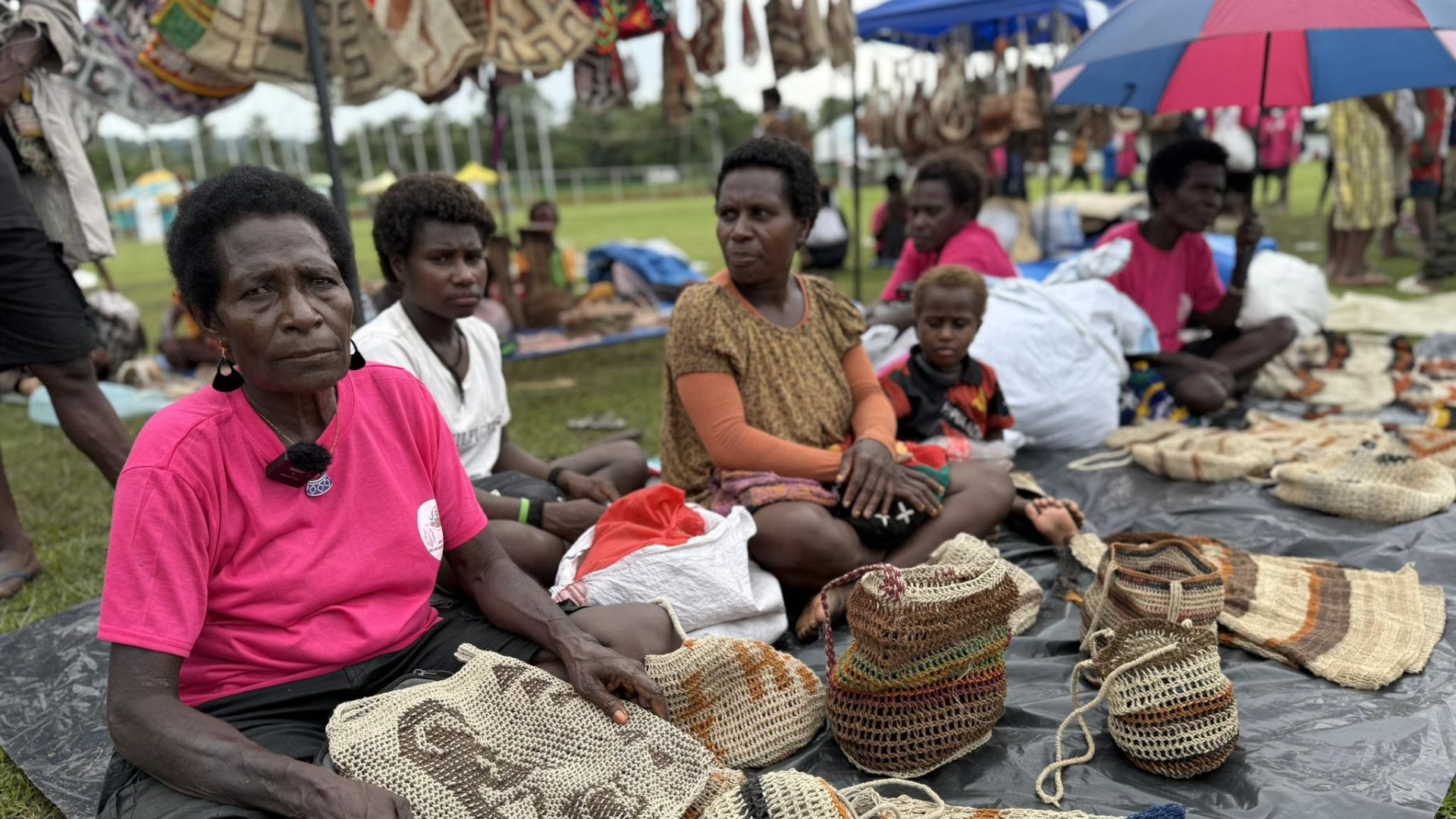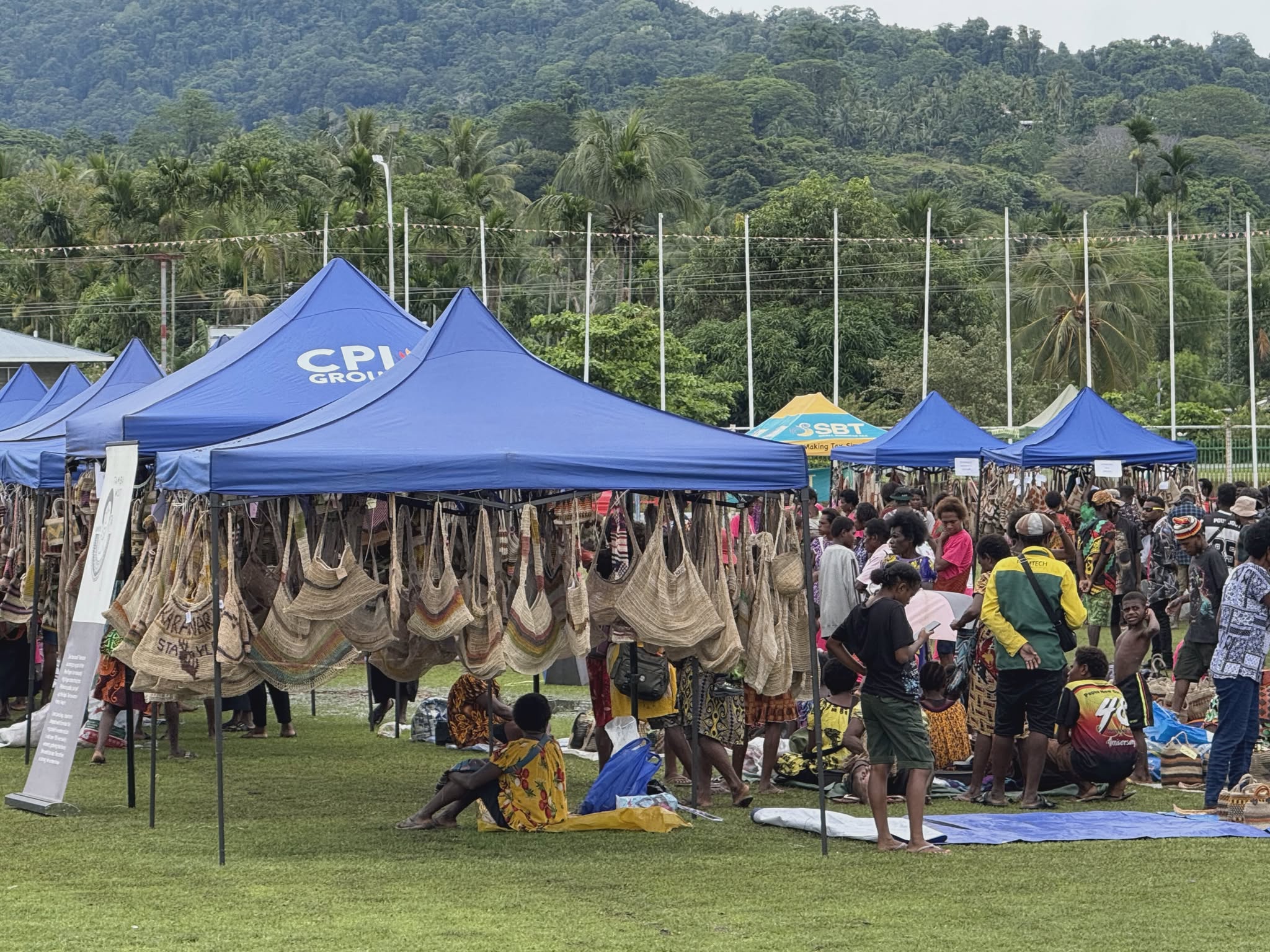While colorful bilums and intricately crafted baskets were the main attraction at the 2nd Bilum and Basket Show in Wewak, East Sepik province, one item in particular drew curiosity and admiration, the traditional mosquito net known as the Tumbuna Taulam.
Grace Ambu, representing the Kavriman Women’s Group from the Brugah tribe, showcased the rarely seen woven net, offering visitors a glimpse into a century, old tradition that predates modern mosquito nets.
Ambu explained that the taulam is made entirely from kunai grass, a material often dismissed as a common weed.
The grass is harvested, dried under the sun, and carefully woven to create a protective covering traditionally used in Sepik communities.
“Many people think kunai grass is useless. They cut it down, burn it or throw it away.”
“But our ancestors used it to make taulams that protected entire families from mosquitoes.”
Depending on the household size, taulams are woven in various dimensions; from small nets for individuals to larger ones that can accommodate up to ten people.
Ambu noted that the portability of the taulam makes it ideal for travel, especially by canoe.
“It folds just like a mat, making it easy to carry. A well-made taulam can last anywhere from six months to a year.”
Furthermore, she also stressed the importance of preserving the practice for future generations.
“It is not just about weaving; it is about passing on knowledge through the designs and techniques. We want to keep this tradition alive for the next fifty years and beyond.”
The display served as a reminder that in a fast-changing world, traditional skills and cultural heritage remain a vital part of identity and community in Papua New Guinea’s Sepik region.





